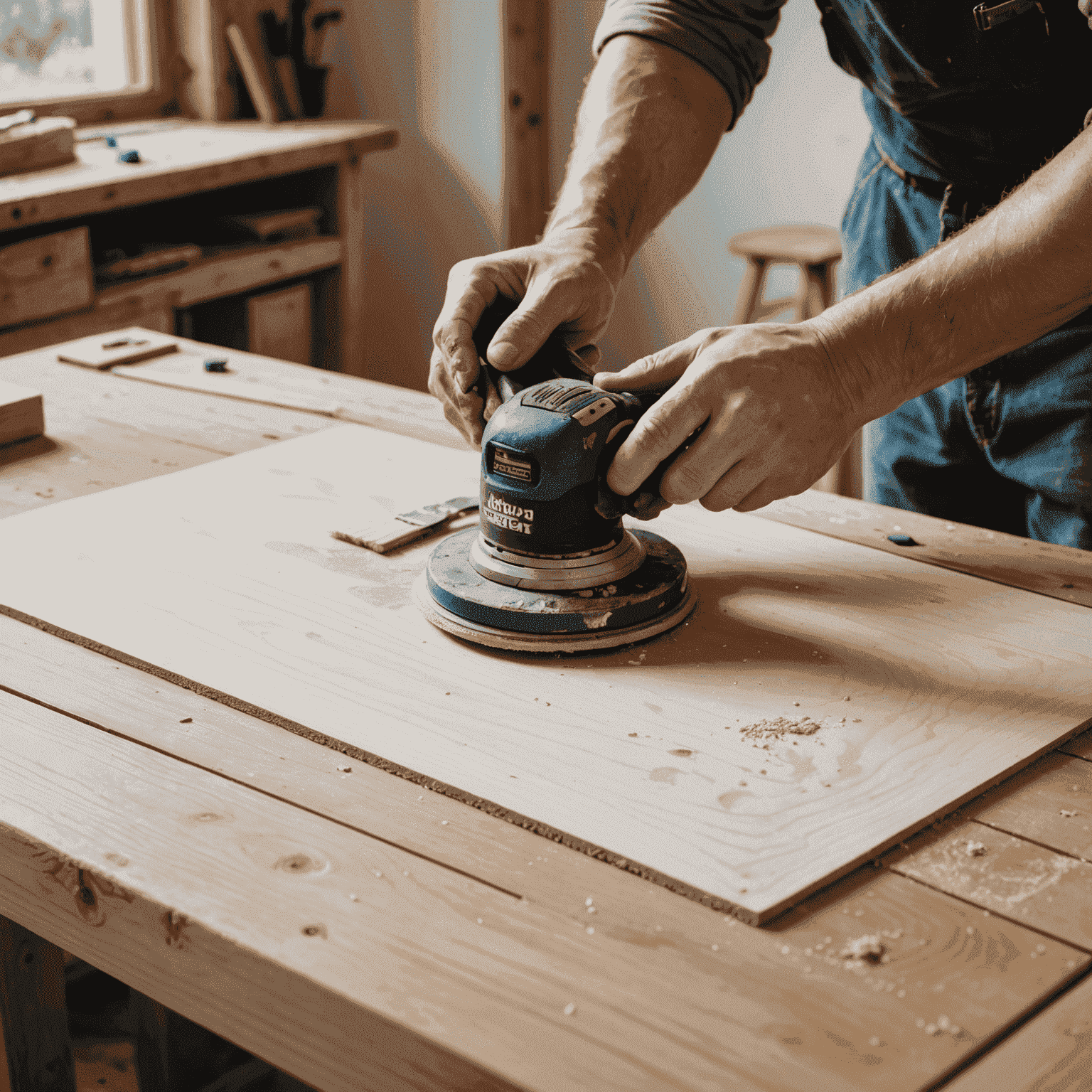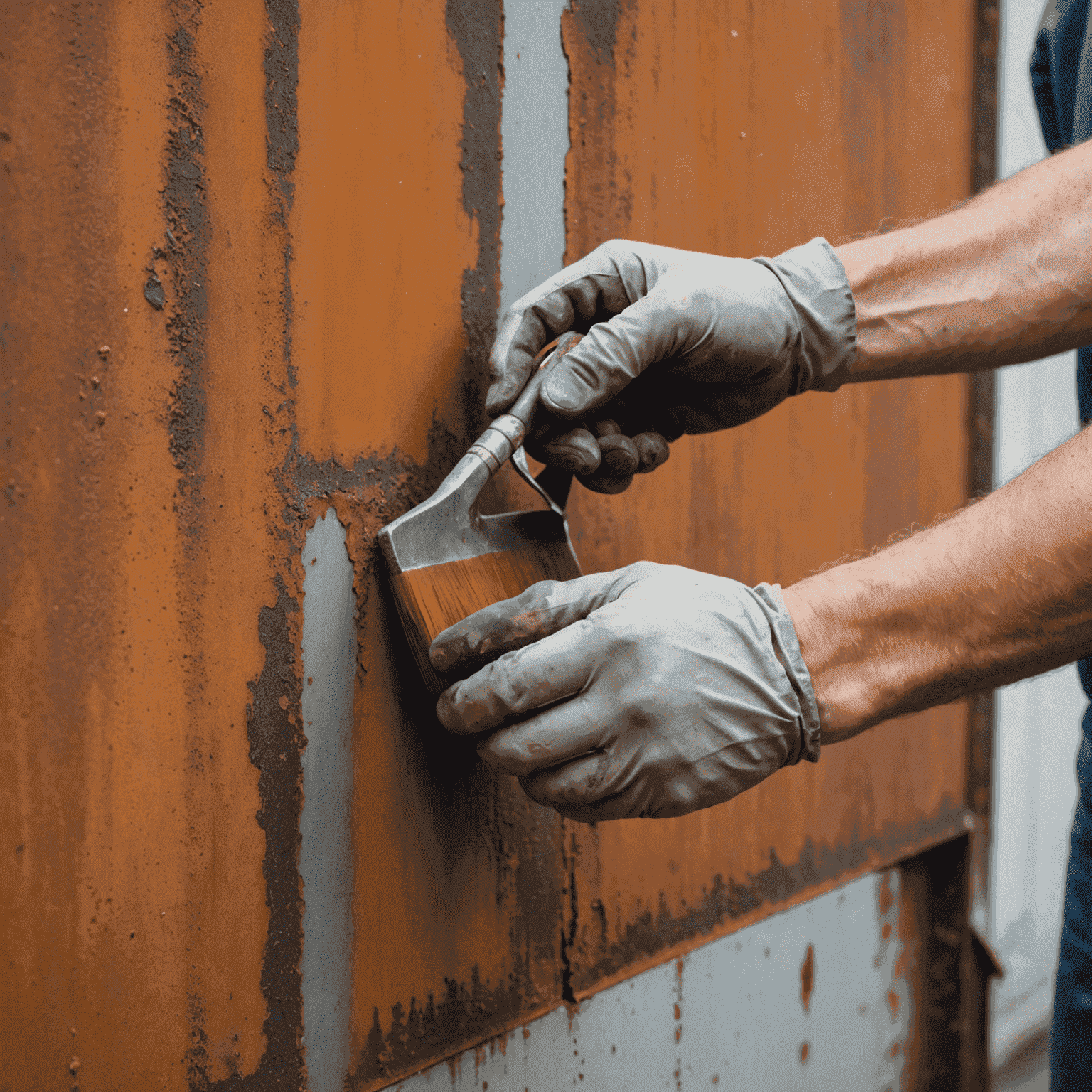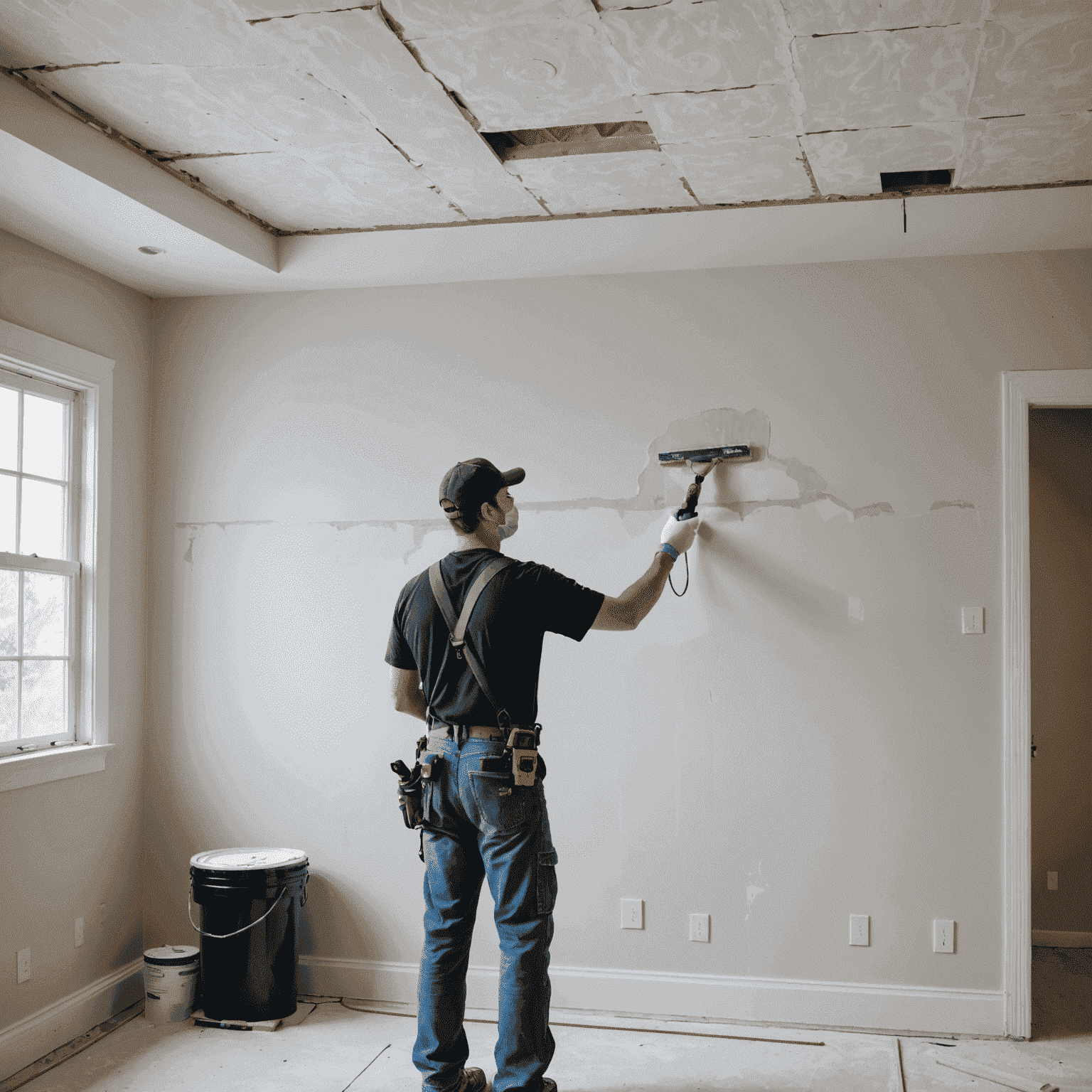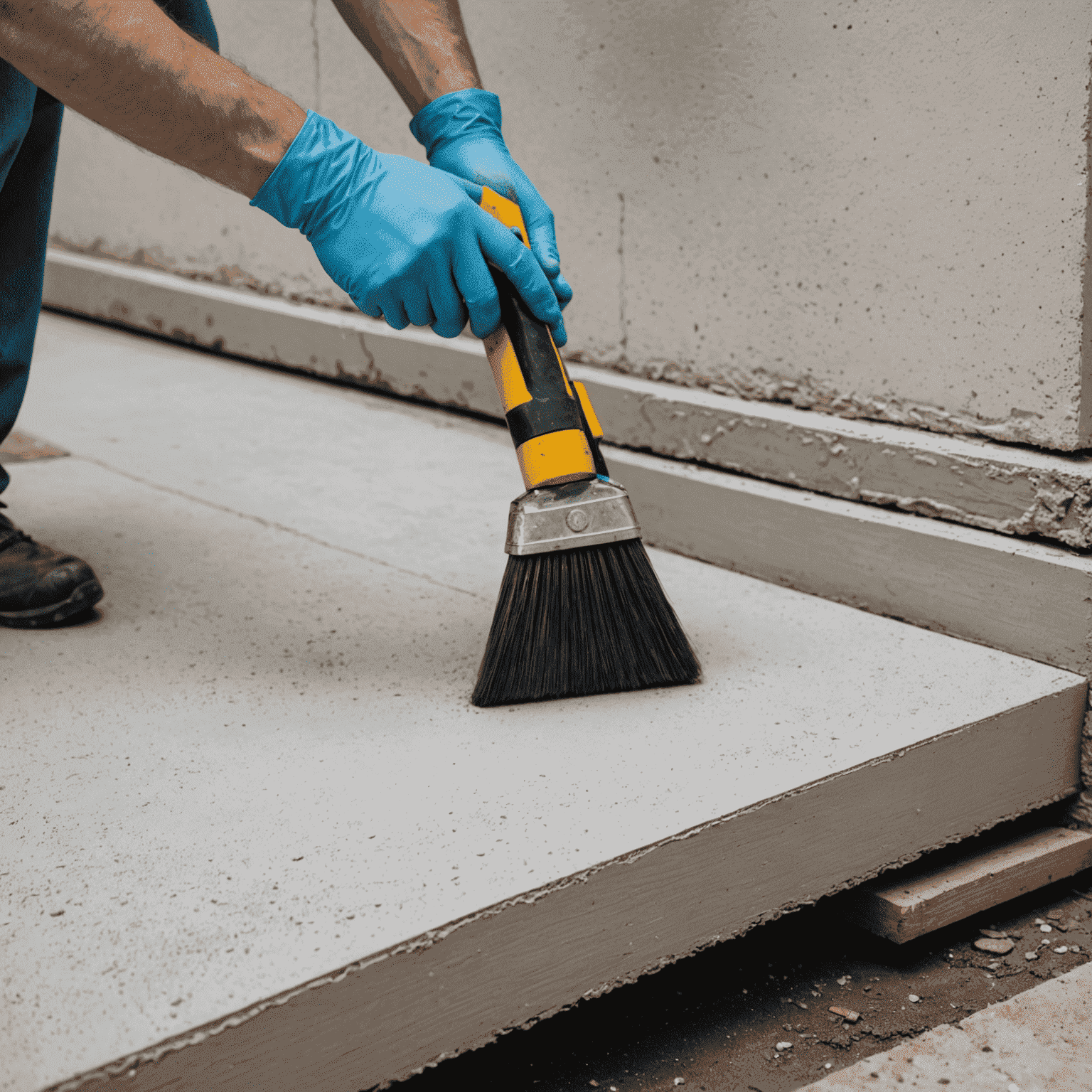Surface Preparation Guide
Essential steps to prepare different surfaces for painting
Wood Surfaces

- Sand the surface to remove any rough spots or old paint
- Clean thoroughly to remove dust and debris
- Apply wood filler to any cracks or holes
- Sand again after the filler dries
- Wipe with a tack cloth to remove any remaining dust
- Apply a suitable primer for wood
Metal Surfaces

- Remove any rust with a wire brush or sandpaper
- Clean the surface with a degreaser
- Sand the entire surface to create a smooth profile
- Wipe clean with mineral spirits
- Apply a rust-inhibiting primer
Drywall

- Inspect for any cracks or holes
- Apply joint compound to fill imperfections
- Sand the patched areas smooth
- Wipe down the wall with a damp cloth
- Apply a drywall primer-sealer
Concrete

- Clean the surface thoroughly with a pressure washer
- Allow the surface to dry completely
- Repair any cracks or holes with concrete filler
- Etch the surface with a concrete etcher
- Rinse thoroughly and allow to dry
- Apply a concrete primer
Pro Tip for MediBang Paint Users
While MediBang Paint is primarily a digital art tool, understanding surface preparation for traditional painting can enhance your digital artwork. Use these techniques as inspiration for creating realistic textures and backgrounds in your digital paintings!
General Tips for All Surfaces
- Always work in a well-ventilated area
- Wear appropriate safety gear (gloves, mask, eye protection)
- Follow manufacturer's instructions for all products
- Allow adequate drying time between steps
- Test your paint on a small, inconspicuous area first